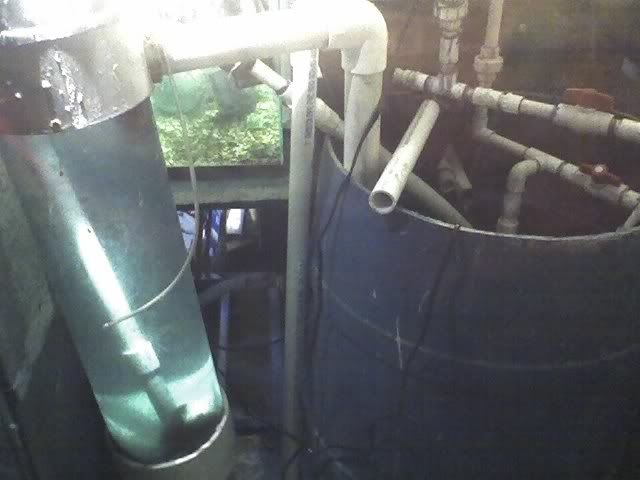Hello
I will be getting a 125g Sump built with a chamber about 75g space for fluidized media ( HEL-X 13 ). I have read many threads on pros/cons on the best way to move the media, and that’s where I’m confused. I am asking for advice from the PRO’s here so I can get it right.
Thank you
I will be getting a 125g Sump built with a chamber about 75g space for fluidized media ( HEL-X 13 ). I have read many threads on pros/cons on the best way to move the media, and that’s where I’m confused. I am asking for advice from the PRO’s here so I can get it right.
Thank you










